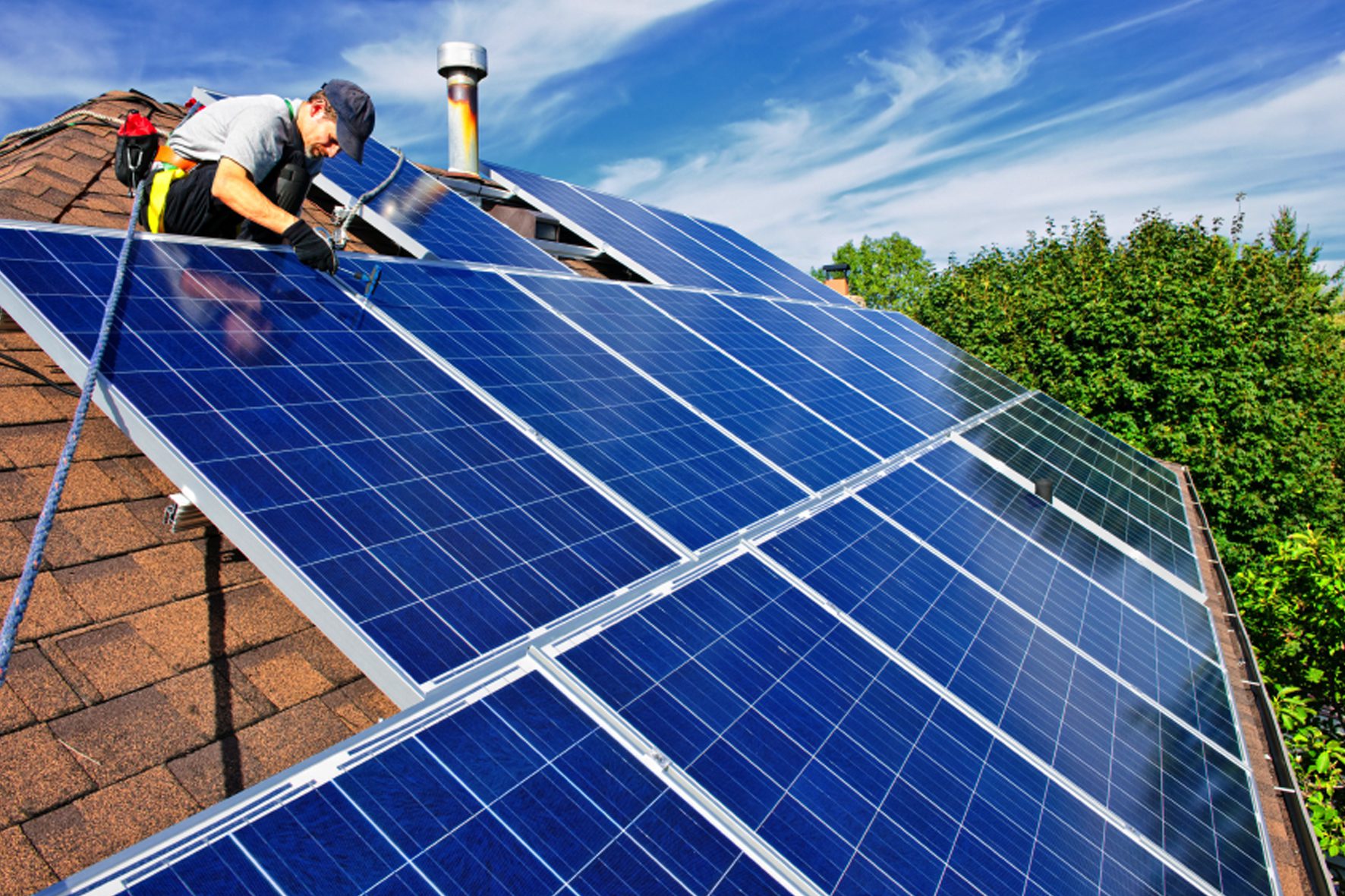India’s Renewable Energy Revolution: A Path Toward Sustainable Growth
November 27, 2024 | by gurjeetsaini@yahoo.com

India’s rapidly growing industrial base and surging energy demand present both challenges and opportunities for its energy sector. With a strong commitment to renewable energy, the nation is poised to lead a green transition while ensuring economic prosperity.
Renewable Energy: A Pillar of India’s Growth
The Vienna-based Sustainable Energy For All (SEforALL) highlights India’s ongoing efforts to integrate renewable energy into its energy mix. According to Kanika Chawla, SEforALL’s Director and Chief of Staff, the Indian government has made significant strides in renewable energy manufacturing. Policies such as performance-linked incentives are fostering domestic production, enhancing energy security, and reducing reliance on imports.
“India’s clean energy solutions generate three times as many jobs per kWh as thermal energy, contributing to both sustainability and economic growth,” Chawla noted.
Diverse Renewable Energy Options
India is actively exploring and investing in multiple renewable energy sources:
- Solar Energy: Now the most affordable renewable energy source globally, solar projects in India can be completed within 18–24 months, making them a preferred option.
- Wind Energy: Offshore wind potential in Gujarat and Tamil Nadu is being explored, with a focus on adopting global subsea technology.
- Geothermal Energy: Regions such as Himachal Pradesh, Kashmir, and Ladakh hold promise for geothermal solutions.
- Green Hydrogen: Under the Green Hydrogen Mission, India is advancing collaborations with international firms and adopting cutting-edge technologies.
- Nuclear Energy: While nuclear energy offers immense potential, challenges such as lengthy construction timelines and safety concerns remain.
Impressive Progress in Renewable Capacity
India’s solar and wind capacity has seen remarkable growth, jumping from 40 GW in FY 2015-16 to 143 GW by FY 2023-24. This rapid expansion underscores the nation’s commitment to renewable energy.
At COP 26 in Glasgow, India pledged to derive 50% of its installed electricity capacity from non-fossil fuel-based sources by 2030. Additionally, the country has set an ambitious goal of 500 GW of renewable energy capacity by 2030 as part of its transition to net zero emissions by 2070.
Global Collaboration and Green Transition
India’s energy strategy emphasizes global collaboration, with technology transfer agreements and partnerships playing a pivotal role. The nation is also investing in the development of infrastructure and technologies necessary for large-scale renewable energy integration.
Balancing the Energy Basket
While renewable energy takes center stage, India acknowledges the need for a diverse energy mix to meet its growing electricity demand. This includes leveraging traditional sources alongside emerging clean technologies to ensure reliability and affordability.
A Model for Sustainable Development
India’s approach to renewable energy demonstrates how industrial growth and sustainability can go hand in hand. By focusing on domestic manufacturing, job creation, and international partnerships, the country is setting an example for a green and inclusive energy future.
With bold targets and consistent progress, India is not just meeting its own energy needs but is also contributing significantly to global efforts against climate change.
RELATED POSTS
View all

